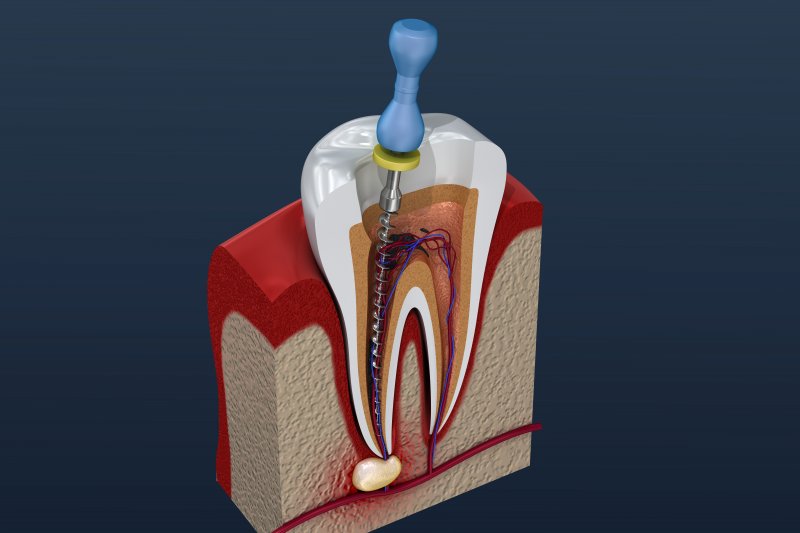A root canal procedure treats infection or inflammation deep inside a tooth’s pulp. When decay reaches this area, it often causes significant discomfort and puts the tooth at risk. For teeth with extensive damage or decay, dentists may use crowns and bridges to restore function and appearance. Here are some ways to avoid needing a root canal:
Maintain Good Oral Hygiene
Practicing consistent oral hygiene is a foundational step in protecting your teeth from decay. When you maintain good oral hygiene, you prevent plaque buildup, which is the primary cause of cavities and gum disease. Some key elements of oral hygiene include:
- Brushing your teeth at least twice a day with fluoride toothpaste helps remove plaque, a sticky film of bacteria that forms on teeth.
- Flossing daily is also recommended to clean between teeth and under the gumline, areas a toothbrush might not reach.
- An antimicrobial mouthwash may also be used to reduce bacteria in the mouth.
Limit Damaging Foods
The foods and drinks you consume can have a direct impact on your dental health. Sugary foods and beverages, like candy, soda, and certain juices, feed the harmful bacteria in your mouth. These bacteria produce acids that erode tooth enamel, leading to cavities. Starchy foods such as chips or white bread may also get trapped between teeth and break down into sugar. Limiting your intake of these items and rinsing your mouth with water after consuming them can help minimize their adverse effects.
Schedule Regular Dental Visits
Visiting your dentist for routine checkups and cleanings is also a key part of preventative care. Professional cleanings remove tartar buildup that regular brushing and flossing cannot. During these appointments, your dentist examines your teeth and gums for early signs of problems like cavities or gum disease.
Identifying and addressing these issues early can prevent them from needing extensive treatment, such as a root canal. Your dentist can also offer personalized advice and demonstrate proper brushing and flossing techniques to make sure your home care routine is effective. For most people, a dental visit every six months is a good guideline.
Ask About Dental Sealants
Dental sealants offer an additional layer of protection against decay. A sealant is a thin, plastic coating painted onto the chewing surfaces of the back teeth, or molars. This coating acts as a barrier, shielding the enamel from plaque and acids. The procedure for applying sealants is quick and painless. You can ask your dentist if this preventative treatment is a suitable option for you to help keep your teeth cavity-free.
Dental crowns and bridges are another solution for protecting and restoring damaged or weakened teeth. A crown is a cap that is custom-made to fit over the entire visible portion of a tooth, sealing it from further damage and decay. By encasing the tooth, a crown helps restore its appearance and provides structural support. A dental bridge fills the gap created by one or more missing teeth by using the surrounding healthy teeth as anchors. This helps restore your smile, maintain your bite, and prevent other teeth from shifting after one is lost to decay.
Talk to Your Dentist About Crowns and Bridges
By maintaining good oral hygiene, making mindful dietary choices, and attending regular dental appointments, you take proactive steps toward preserving your natural teeth. When a tooth is already significantly damaged, treatments like crowns and bridges can restore its structure and function. Your dentist can create a personalized care plan based on your specific oral health needs. Schedule an appointment today to learn more about protecting your smile.


Leave a Reply